Amazon eero vs Linksys Velop Everything You Need to Know
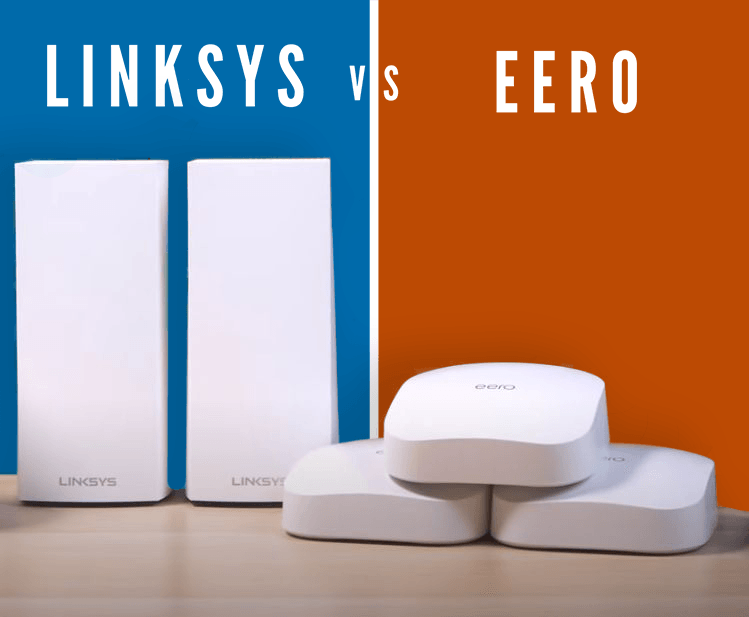
Do you want to turn your regular home into a smart home? You should consider how you can do that with your WiFi.
The Amazon eero and Linksys Velop are two common options on the market. Both let you control your network settings so that you get the speed and security you need.
But which is right for you? Keep reading to find out.
Table of Contents
Hardware Specs
One of the most important factors when choosing between the Amazon eero and Linksys Velop is the hardware. Both mesh WiFi units use AX4200 WiFi 6, and they both come with three units.
Two of those units offer 5GHz of speed, while the third offers 2.4GHz. The eero and Velop are backward compatible with WiFi, so you don’t need an up-to-date connection.
You get wired backhaul support and a dynamic mesh backhaul band. These models are compatible with WPA2 and WPA2/WPA3 WiFi security.
Another similarity is that both have an AP (bridge) mode, and you can get one or three units. Neither offers link aggregation, dual-WAN, or multi-gig ports.
They feature the same 1.4GHz quad-core CPU, and they both support channels at 20, 40, and 80MHz. However, each unit has plenty of unique specifications.
Amazon eero
Amazon has multiple eero models, and the eero Pro 6 measures 5.3 by 5.3 by 2.1 inches and is one of the best eero routers available. It weighs just under 1.5 pounds, so you can put the units in the best possible locations for a good connection.
This mesh unit features 1GB of RAM and 4GB of flash memory, and there’s a 2X auto-sensing gigabit port. You can control the unit and monitor usage with the eero mobile app.
If you want extra security features, you can subscribe monthly or annually. The eero Secure plan offers usage statistics, ad blocking, and content filtering.
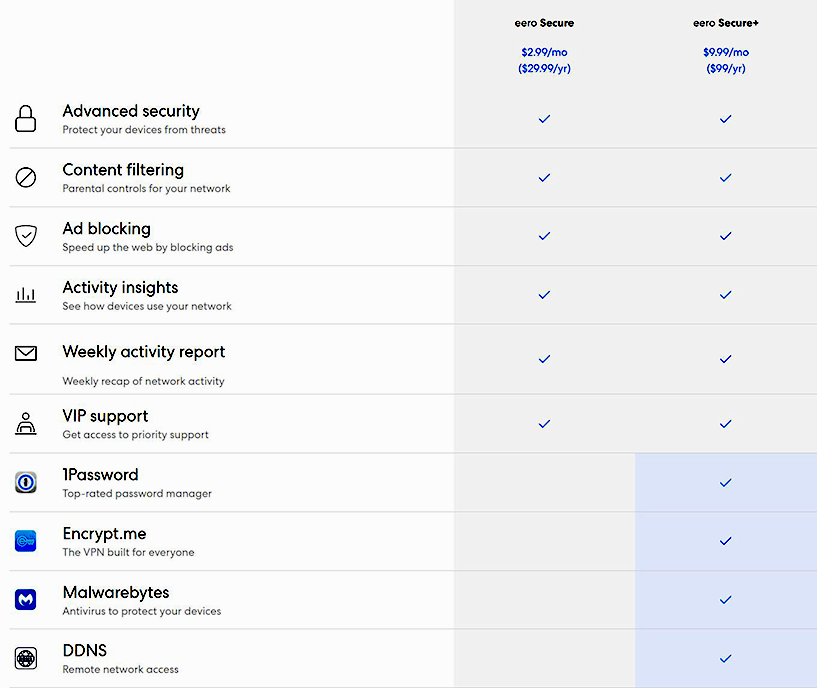
Pay a bit more for the eero Secure+ plan, and you’ll get access to anti-virus software, a VPN, and a password manager. Unfortunately, the subscription costs can add up, but the app is easy to use.
Linksys Velop
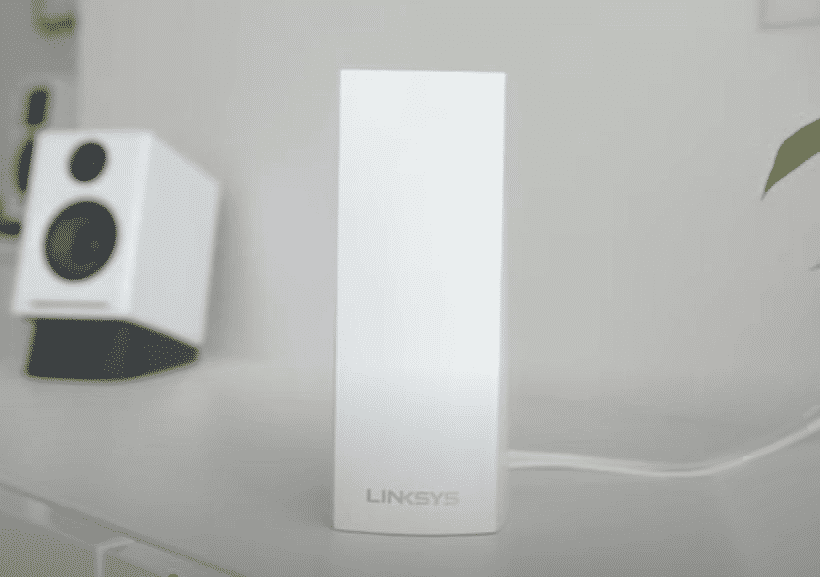
The Linksys Velop is bigger with a weight of 2.5 pounds, and it measures 4.5 by 4.5 by 9.6 inches. It doesn’t have as much memory as the Amazon eero, with only 512MB of RAM and flash memory each.
However, it does have a USB 3.0 port, and it uses one WAN and three LAN gigabit ports. You get access to your mesh WiFi settings on the Linksys app with some basic security features.

If you want to block certain websites, you’ll have to block each individually rather than as a category. You also can’t choose between the 2.4 and 5GHz connections.
Linksys does offer a web interface if you prefer to use a desktop or laptop. Plus, you can connect a USB hard drive and use it as network-attached storage.
WiFi Speeds

While all of the hardware specs are important, you should also know how fast to expect each mesh router will be. Both units are tri-band routers, which have three signals instead of two like on a dual-band router.
If you get a three-pack of either model, you’ll get one 2.4GHz unit and two with 5GHz. This makes it easier to browse faster when you have multiple people and devices on the same network.
Having the third band with either an Amazon eero or a Linksys Velop is more convenient. You can share your network with more people without the connection slowing down.
Maximum Speeds

When comparing the Amazon eero and Linksys Velop, you should consider how fast the routers could get. The Velop does slightly better with speeds up to 750 to 850 Mbps (megabits per second).
However, the eero 6 and eero Pro 6 aren’t too far behind at 700 to 800 Mbps. Using the 2.4GHz unit will get you up to 120 to 140 Mbps if you go with a Velop.
But both eero models are slightly faster at 200 to 230 Mbps for the regular eero and 190 to 240 Mbps for the Pro. Both eeros have a much faster link rate than the Linksys model.
Unfortunately, those numbers aren’t that likely to occur on an average day. Comparing the more realistic speeds can help get a better idea of you should buy an Amazon eero or a Linksys Velop.
Average Speeds
When it comes to using your WiFi mesh system day-to-day, you can expect speeds to be around 400 Mbps. Both eero models have average downloads speeds of about 410 Mbps.
Download speeds are a bit faster on average, at over 600 Mbps. The Velop is slightly faster when it comes to downloading speeds, but its typical upload speed is slower than the eeros.
These numbers are a lot slower than the maximum 800, but you can speed up your WiFi by not using too many devices at the same time. The numbers for the 2.4GHz unit are even lower, but you don’t have to be right next to the unit.
If you need to use the 2.4GHz router, you can do so from anywhere. The average Amazon eero can get up to about 60 or 80 Mbps. Meanwhile, the Velop may reach just over 100 Mbps.
What This Means for Consumers

Both models are pretty similar when it comes to speed. If you plan to be close to the units, you may find that the eeros are slightly faster and better for your needs.
However, the Velop is an excellent option for use around the house. The 2.4GHz unit offers a wide range, so you can use it from any spot in your home.
While it won’t be as fast as the 5GHz connection, the Linksys unit is slightly faster at the slower speed. It’s especially suitable for larger houses where you may not be able to be close to a unit.
Performance

Both the eero and Velop use wireless backhaul connections. These connections are a crucial aspect of choosing a mesh WiFi unit if you don’t use an Ethernet cord.
Ethernet makes it easy to get a good signal, but so can a suitable wireless backhaul connection. That way, you can work from home or do whatever you want with the WiFi network you need.
Consider how the connection compares between the two models. Then, you can decide which option provides the signal and connectivity that’s best for you.
Average Performance
Using the mesh node for each model, you can consider the average wireless backhaul performance. Knowing this can help you determine your experience using the internet on a regular day.
The eero 6 typically offers speeds of around 250 Mbps when you use the two 5GHz units. It’s not the slowest on the market, but it’s not as fast as the eero Pro 6 or the Velop.
An eero Pro 6 can reach about 550 Mbps, give or take 20 to 30 Mbps, and exact speeds depend on network usage. The Velop is slightly behind with an average speed of 530 Mbps, also give or take 20 to 30 Mbps.
Sometimes, you’ll connect to the 2.4GHz router, and it’s not quite as fast. If you use an eero 6, the change isn’t that drastic, with speeds averaging around 230 Mbps.
The eero 6 Pro isn’t much faster on the 2.4, since its average is between 250 and 260 Mbps. Linksys’ Velop comes in a little behind with an average closer to 210 or 220 Mbps.
What This Means for Consumers
Having good wireless backhauls is vital if you plan to rely on a wireless network. That way, you can get a good signal with fast speeds throughout your home.
If you want the best speeds, the eero Pro 6 is the best option for you. The eero 6 is another great model, but it doesn’t make the most of the 5GHz units.
While you can also consider the Velop, its change in speeds is drastic. You might find that you need to wait longer for things to load when you aren’t right next to the unit.
Fortunately, the Amazon eero and Linksys Velop both come with support for wired backhaul. If you need a faster connection, you can plug it into the unit.
Settings and Controls

Another thing to consider when choosing to buy an Amazon eero mesh or a Linksys Velop is the settings. Specifically, you should know how you can access the settings and adjust them to your needs.
Both brands let you set up the connection using a free mobile app. But there are some differences regarding how the apps work and what you can do with them.
Consider how the settings and controls of each app differ to decide if one is the right choice for you.
Amazon eero
You can download the Amazon eero app for free on iOS and Android. The basic app lets you change your WiFi and network settings, but that’s about it.
On the app, you’ll be able to look at each device using the network and see which eero unit they’re using. You can also block certain devices if you don’t want someone to use your internet.
If you want to access features like ad-blocking or content filtering, you’ll need to get the eero Secure subscription. It’s a few dollars a month, but you can save almost 20% if you pay each year.
The eero Secure+ subscription is about three times as expensive. However, it’s a great option if you need an affordable VPN or anti-virus software. That tier also comes with access to a password manager.
Like the other subscription, you can save close to 20% if you pay for an annual membership. Unfortunately, none of the tiers come with access to a web interface.
Linksys Velop
If you choose to go with a Linksys Velop mesh unit, you’ll also have access to a free app. You can set up parental controls to keep your kids from accessing certain websites.
However, you will need to block each website individually. You can’t block all websites within a category. But that can be a good thing in case you want to allow a few websites in that genre.
You also have access to some basic WiFi and network settings. The app recommends how you can set up each node to get the best possible connection throughout your house.
And you can even test the speed of your internet right in the app. Then, you don’t have to use a third-party test that might not be that reliable.
It will also show you the last five connections, so you can see who is using your internet. If you don’t like dealing with a small screen, you can use the web version on a bigger device.
The Velop app doesn’t come with any paid subscriptions, so you get access to everything for free. However, there aren’t as many features as in the eero app.
Ease of Use

The best Amazon eero advice for shoppers should include an overview of the unit’s ease of use. Both mesh systems are fantastic, and you can’t beat the features and connectivity that WiFi 6 offers.
Whether you want the eero 6, eero Pro 6, or Linksys Velop, you should think about how they stack up.
Amazon eero
The Amazon eero is one of the best WiFi systems for your home. You can place the units in different rooms so that you and your family can connect from your living room, office, or bedrooms.
Setting up the Amazon eero and its app is easy, so you can get your network up and running fast. Whether you want to pay for a subscription or not, the app has the features you need to control and monitor usage.
Linksys Velop
The Linksys Velop offers a lot of the same features as the eero, but it’s not quite as fast on average. It’s also a bit taller than the eero, so you’ll need more space for each unit.
Still, you get the same set of 2.4 and 5GHz nodes to place throughout your home. Setting up the Velop is pretty simple, so you can get started in a short period.
Will You Choose the Amazon eero or Linksys Velop?

The Amazon eero and Linksys Velop are two of the most popular WiFi mesh units on the market. If you want the fastest speeds, though, you can’t go wrong with an eero or eero Pro.
However, Linksys offers an app and web interface with more free features than eero. Be sure to compare both models and consider your needs to decide which is best for you.
Do you want to compare other units? Read our post comparing the eero and NetGear Orbi.

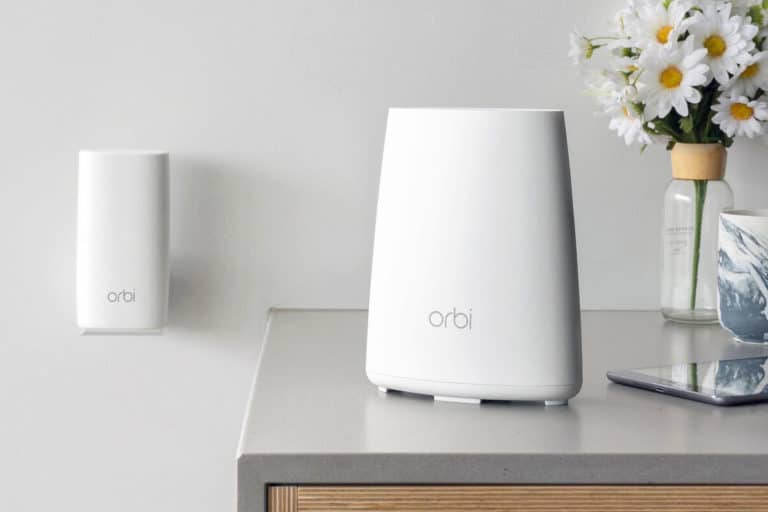

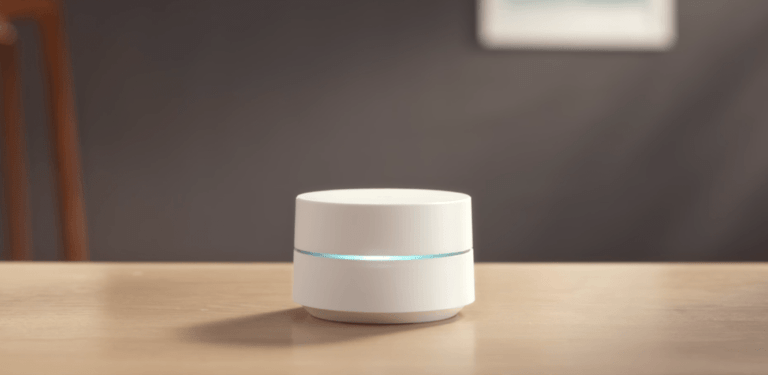
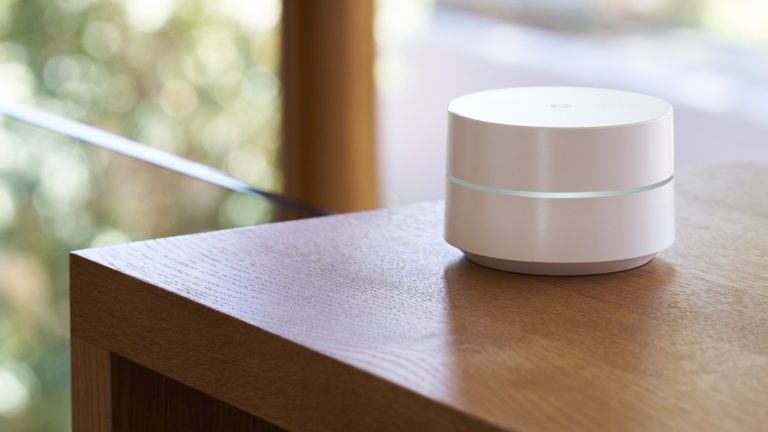
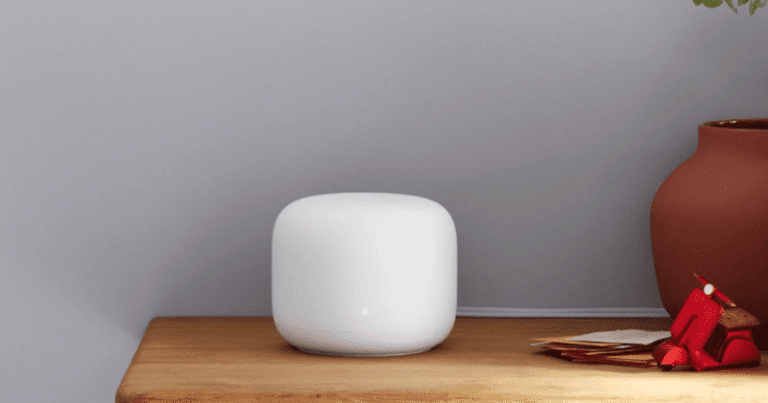
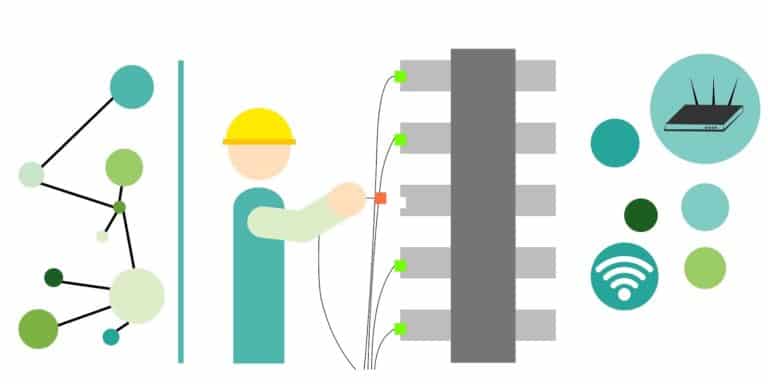
Impressive!Thanks for the post